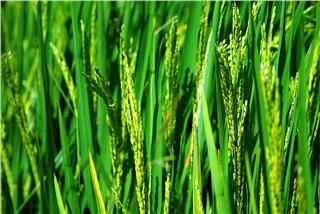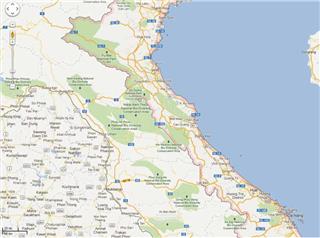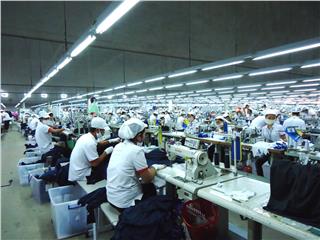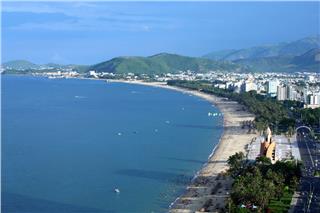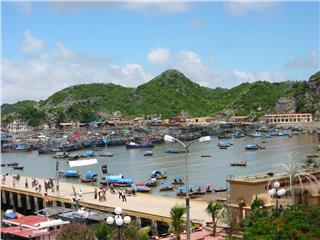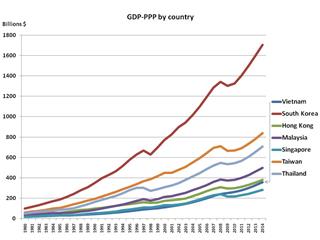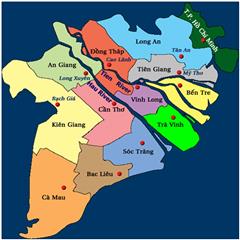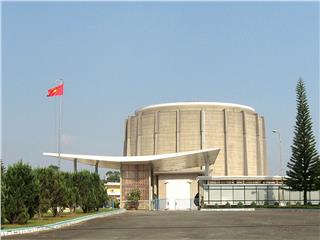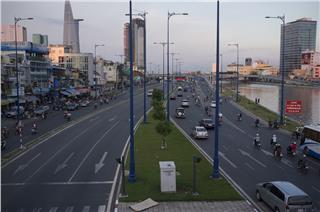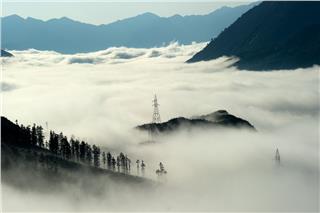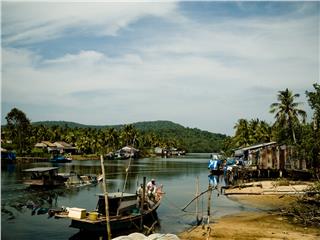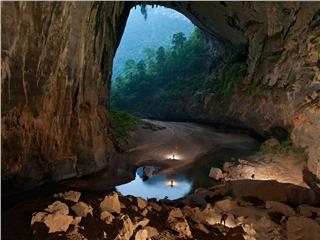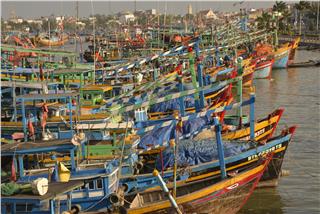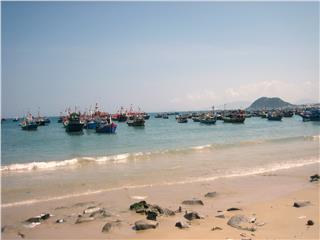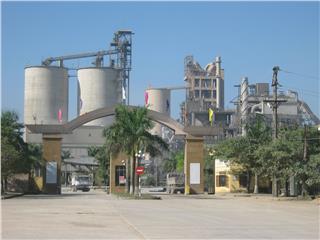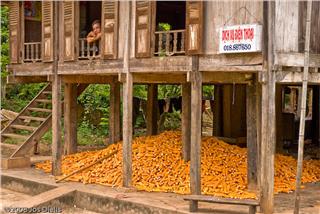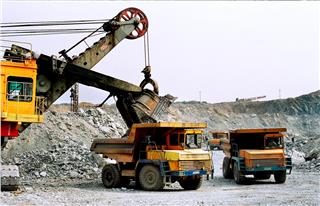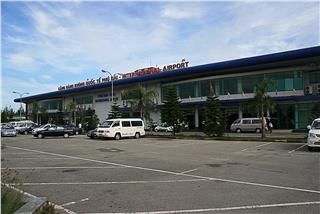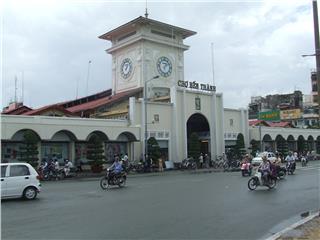In recent years, along with the encouraging policies enacted by the Government and the continuous efforts of local authorities, the economy in Central Highlands Vietnam has made some great achievements.
Start typing to search
Start typing to search

...

...
The average GDP growth rate of the Central Highlands Vietnam economy in a period from 2001 until now is 11.9% per year. Economic sectors have been positively shifted. Besides, agricultural production made the remarkable transformation. Specifically, some concentrated production areas were built specializing in perennial crops and producing large volumes of commodity. There are 1, 560 reservoirs constructed to meet 60% of irrigation needs. In addition, a wide system of transportation has been upgraded including 3 airports, 10 highways, and 59 provincial roads with the total length of 4, 000 km.
However, in spite of these achievements, the region remains a small economic scale in Vietnam economy. In fact, the economics of the land is still mainly basing on agriculture. The asynchronous socio-economic infrastructure is a main reason for restricting the growth rate and reducing the ability to attract investments. Many economic sectors have been developed incommensurately with its potentials, for instance, industrial processing, livestock production, exports, and tourism.
Advantages - Disadvantages
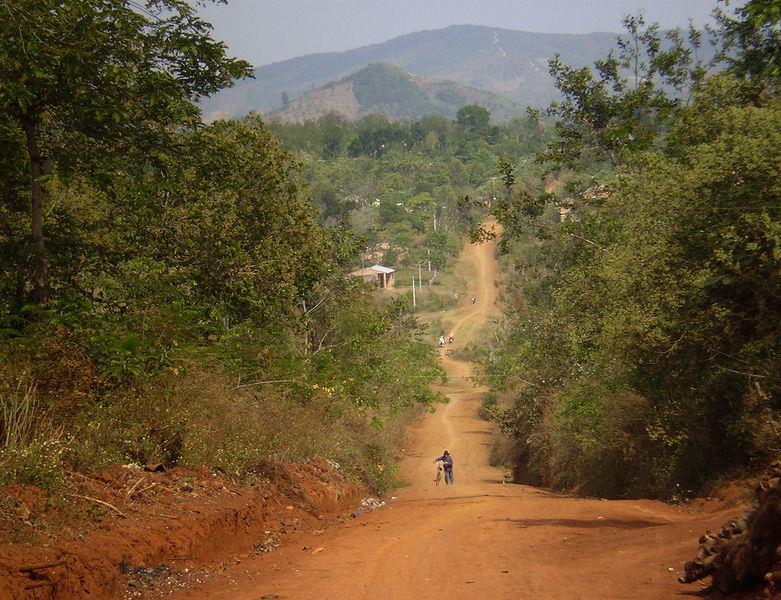
Basaltic soil road in Dak Lak province - Source: Image from Wikimedia Commons
The Central Highlands accounts for 74.25% the basalt of the whole country. The large area of basalt allows the region to develop industrial crops such as coffee, tea, cashew, etc. The land also has thousands hectares of black soil and alluvial soil, which are suitable for developing the diversified agriculture.
Located in the east and west of Truong Son Mountain, the region has the dissected topography with a dense system of rivers, streams and waterfalls. These favorable conditions create the potential in hydropower. In details, the hydropower reserves of the Highlands accounts for 22% of the whole country producing approximately 15 billion kWh of electricity per year.
Besides, the Central Highland Vietnam has a variety of mineral resources. Some of them have large reserves including peat, lignite, kaolin clay, and bauxite which is mainly distributed in Dak Nong and Lam Dong. A group of metallic minerals consists of iron, anhydride, antimony, lead, zinc, and gold. A group of gems includes sapphires, xircon, corindon, and quartz. These minerals are distributed in almost provinces of the Highlands.
The terrain of highly mountainous area creates great conditions for development of agriculture and forestry as well. Especially, the Central Highlands has vast forests with the total area of over 3, 015 thousand hectares. In addition, the land is an ideal place for tourism service because of rich cultural heritages, natural landscapes, and cool climate...
The terrain is not only the advantage but also the disadvantage of the economy of Central Highlands Vietnam. Because of the mountainous topographic, the system of transportation in the land is not favorable to develop economics. Besides, the region has lacked of skilled labors.
Economic sectors
Agriculture
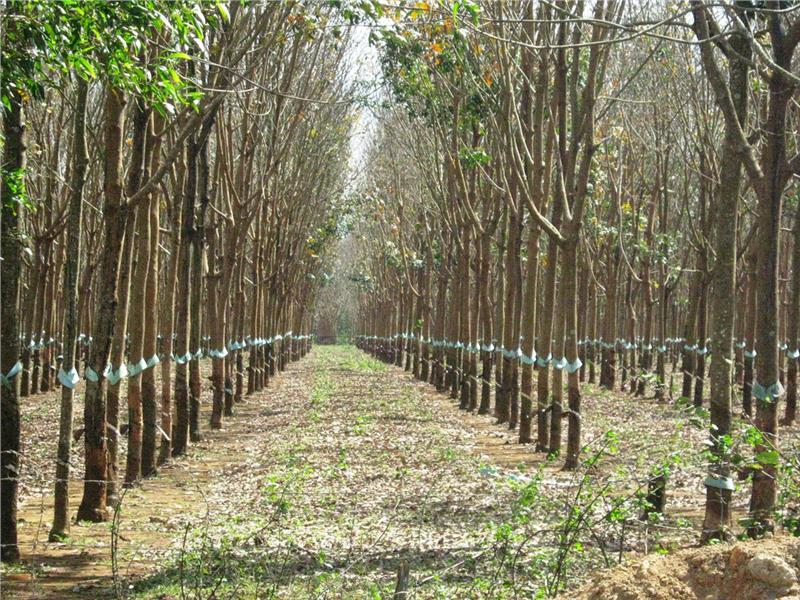
Rubber Plantation in Dak Lak - Source: Image from Flickr
Perennial trees including coffee, tea, rubber, mulberry, and fruit trees and so forth are strength of the Central Highlands.
Coffee: The area of coffee is about 240.5 thousand hectares, which accounts for 80% of the whole country. Two specialized areas in the Central Highlands are Buon Ma Thuot and Gia Lai.
Rubber: There are approximately 71, 250 hectares of rubber increasing 50, 000 hectares compared to 1984. Nonetheless, the rubber productivity is still slow, about 18, 133 tons of latex. The rubber plantation in the past 10 years has confirmed the important position of the rubber in the Central Highlands.
Tea: Tea is also a popular crop in the region. However, nowadays, growing tea has met some difficulties due to the lack of water and intense heat on summer. The area of tea has been decreasing in Gia Lai province. Currently, there are only 12, 500 hectares of tea concentrated in Bien Ho, Bau Can with over 50, 000 tons of fresh tea output.
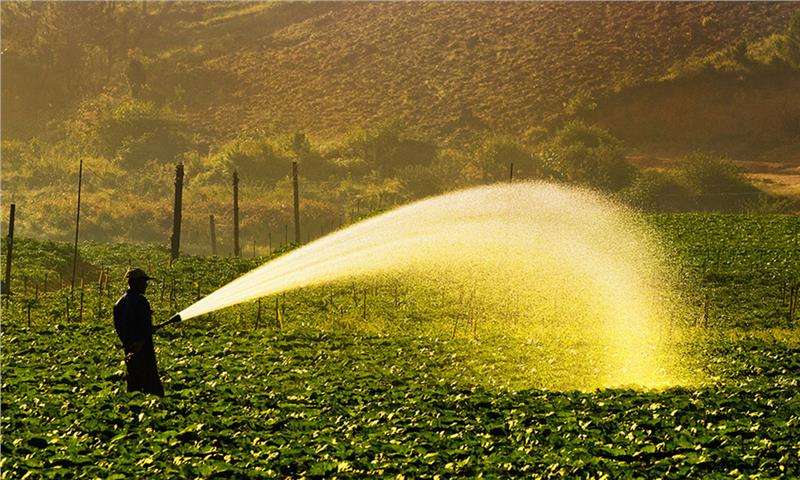
Plantation in Gia Lai - Source: Photo by Nguyen Vo from baogialai.com.vn
Mulberry: The Central Highlands is the largest zone of growing mulberry. The area of mulberry is about 10, 000 hectares with over 1, 200 tons of silk production, which accounts for 80% of the whole country. Since 1993, the area of mulberry has not increased, however due to the price of silk export reduced; the area of mulberry in Dak Lak fell.
Food crops: The Central Highlands has been also focusing on developing food crops with 220.7 thousand hectares including 151.1 thousand hectares of rice crop.
Livestock: The strength in livestock of the land is cattle, mainly cows. In 2001, there were 435.4 thousand cows accounting for 11.2% of the whole country. Besides, buffalo and goats are also popular.
Industry
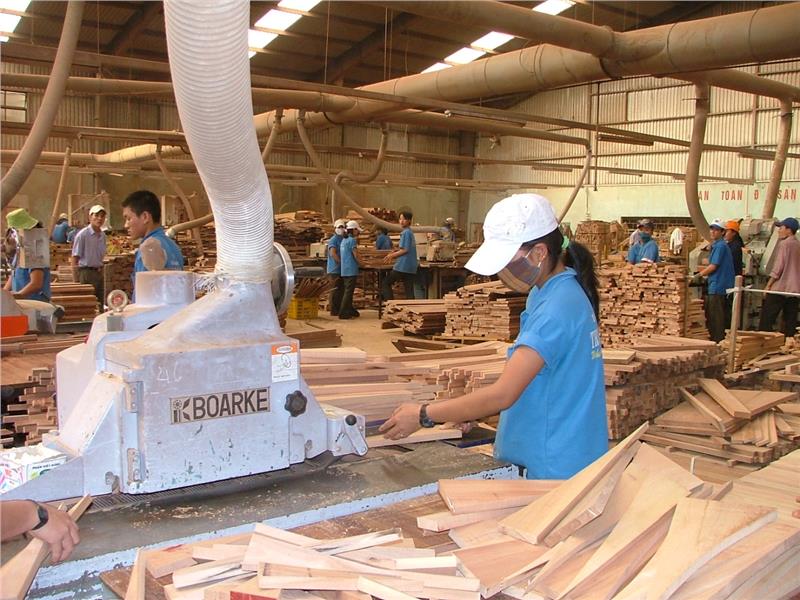
Wood export in Dak Lak - Source: Image from baodaklak.vn
Industry in Central Highlands follows the direction of exploiting the potential advantage of the region; therefore, the industrial products mainly serve for consumption, agricultural production, and forestry. Besides, the latex of rubber aims to serve the demands of other regions in Vietnam and for exports as well. The other industries consists of woodworking and forestry products accounting for 24.7% of the industrial output value, food industry 24.4% , production of construction materials 13.41% and mechanical 4.7%. Currently, there are a great number of foreign projects investing in the processing industry like coffee exports, textiles, woodworking, fruits and vegetables.
Having a plenty of waterfalls in the mountainous terrain, the Central Highlands also has advantages in hydropower. Some hydropower plants were constructed in the previous years including Da Nhim (160, 000 KW) on Da Nhim river, Dray H’inh (12, 000 KW) on Serepok river, and Yaly (700, 000 KW).
The region has the rich reserve of bauxite as well. However, the exploitation of bauxite has been encountered the opposition of many people. Hence, the exploitation of this mineral is still considered by the Government.
Tourism
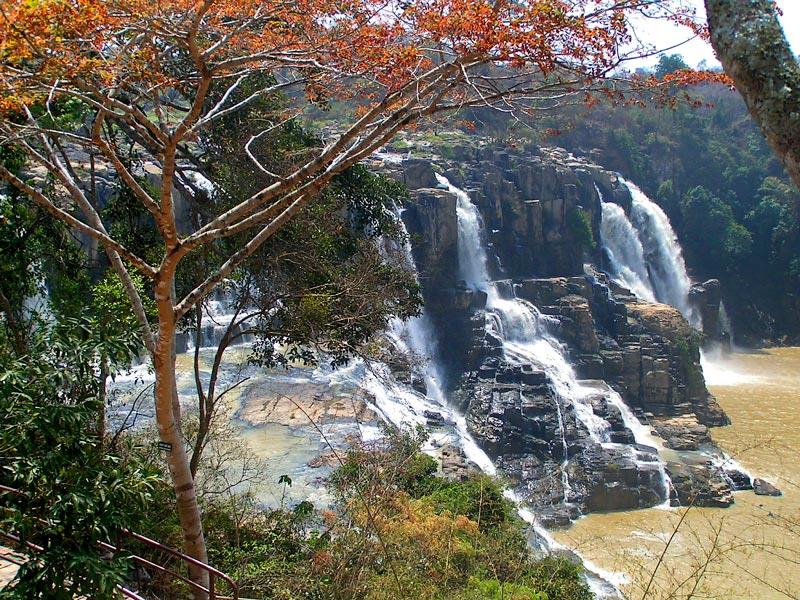
Pongour Falls, Lam Dong Province - Source: Image from Wikimedia Commons
The Central Highlands also has potential in tourism. With the favorable of natural resources (majestic waterfalls and mountains, vast forests, and national parks …) and unique culture (the Space of Gong culture, folk festivals, traditionally musical instruments …), the tourism has made an important contribution to the economics in Central Highlands Vietnam
Economic development orientation
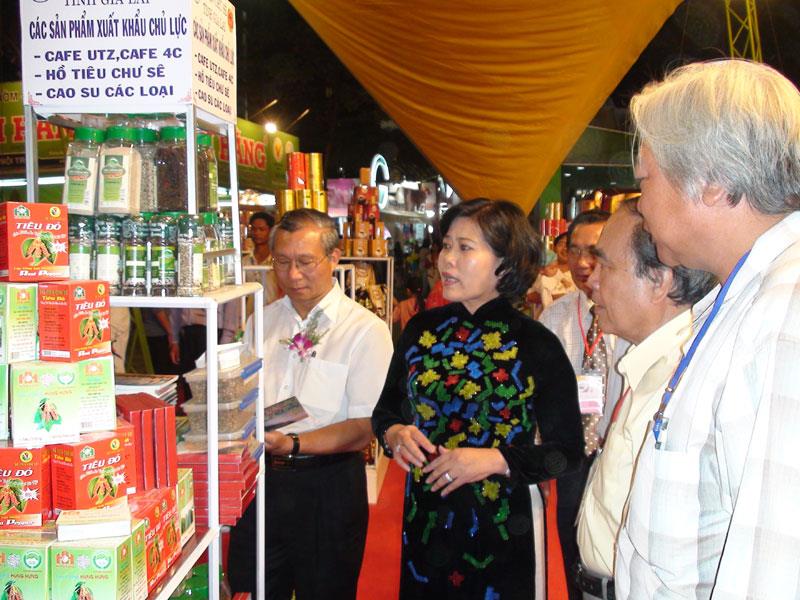
An expo in Gia Lai - Source: Photo from baogialai.com.vn by Minh Thi
Below are some orientations for improving and developing in the Central Highlands:
- Following the direction of producing commodities basing on its own advantages
- Pay attention on developing food crops, livestock and eliminating deforestation for cultivation
- Developing forestry in the direction of protection and renovation
- Focusing on the development of industry using local raw materials including agricultural processing, food industry, and building materials
- Applying high technology in food processing industry
- Developing market networks to expand goods exchange
- Constructing commercial centers in cities, towns to exchange goods, introduce products to other regions and other countries (Laos, Thai Lan, Cambodia)
Start typing to search
Start typing to search

...

...


